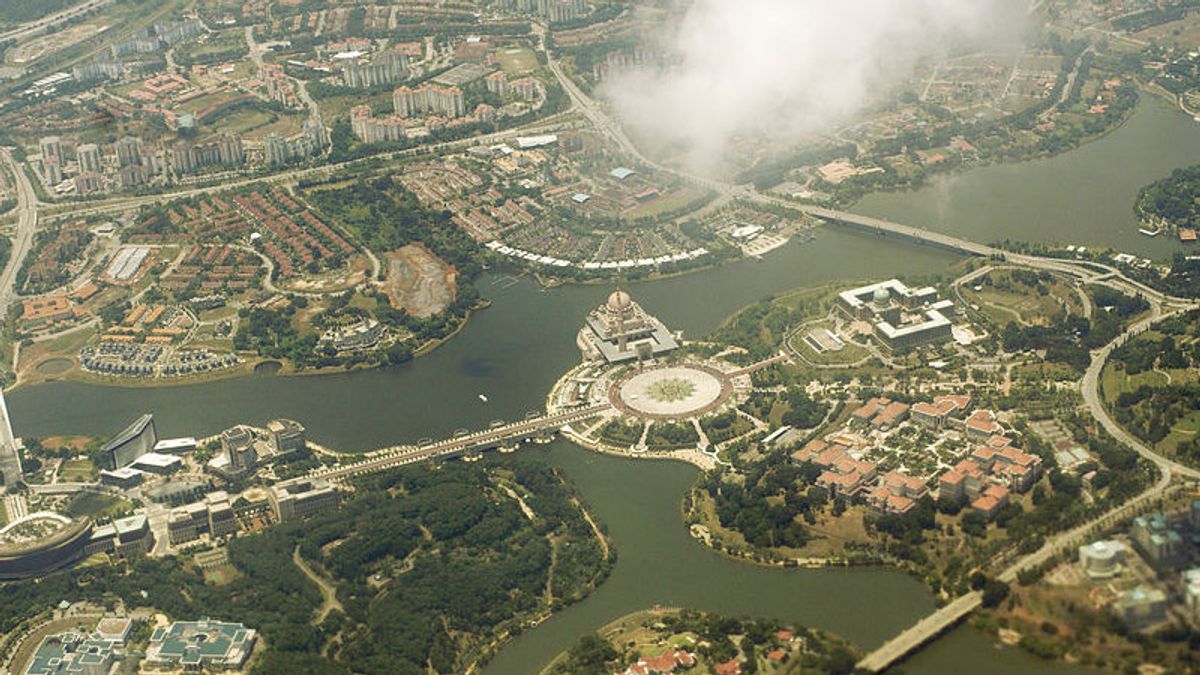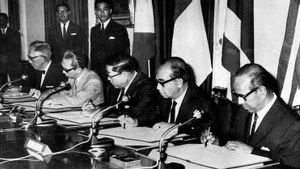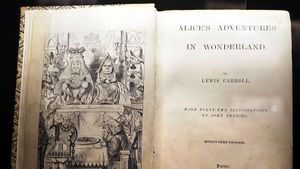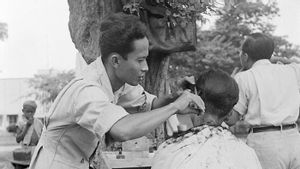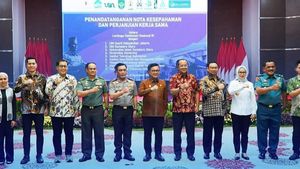JAKARTA - Mahathir Mohamad's ambition to develop Malaysia did not go smoothly. His ideas are often considered controversial. The option of building a new government center in Putrajaya, for example. Criticism came to him. The Malaysian Prime Minister (PM) doesn't care.
He insisted on moving the center of government to succeed. Mahathir did not care about the oblique tone of Putrajaya's development. Mahathir then chose Kuala Lumpur to remain the State Capital (IKN). However, the center of government was transferred to Putrajaya. The option was effective.
The existence of Kuala Lumpur as IKN has been going on for a long time. This condition was present when the British colonialists came to power in Malaysia. Kuala Lumpur is considered a strategic power center.
The impact is everywhere. Citra Kuala Lumpur as the center of economic and political activities surfaced. People also came to Kuala Lumpur to try their luck. The circulation of money and large jobs became the estuary.
The narrative made Kuala Lumpur grow rapidly. Moreover, when Malaysia was independent. Development is like a central in Kuala Lumpur. Kuala Lumpur is a symbol of Malaysia's progress and modernity. That view is shared by many people. However, not by Mahathir Mohamad.
The figure who later became known as the 4th Malaysian PM felt that Kuala Lumpur was no longer like standing alone as an IKN. Various problems are behind it. Floods, population density, congestion, and air pollution.
This condition makes the Kuala Lumpur narrative a symbol that the neighboring country is underestimated by the world. Mahathir did not want this condition to drag on. He said that Malaysia should start thinking about moving the center of power so that it would be effective in the 1980s.
Mahathir's proposal is considered by the Malaysian Parliament. The power of attorney has started a survey of the right location for the new government. Instead of only one region being used as an option, there are many regional plans that are chosen. The areas are North West Rawang, Janda Baik/Bukit Tinggi, North Port, Dickson, Sepang Coast, Kanaboi, and Prang Besar.
The Malaysian government took a choice. They chose Prang Besar as the location of the center of the new government. Mahathir also changed the name of Prang Besar to Putrajaya.
Finally, the Bigrang was chosen by the Malaysian government. The reason is that the area meets the requirements more: land acquisition costs and cheaper infrastructure, strategic locations, good access to the main transportation network (trains, highways and ports).
The location has the potential to have a positive impact on the surrounding area, the existence of natural vegetation and supporting soil conjunction, as well as the lack of negative impact on local communities. The Prang Besar area at that time was an oil palm plantation field covering an area of 4,931 hectares which was remote and minimally populated in the state of Selangor, "explained the Lecturer of FISIP at the University of Muhammadiyah Jakarta, Sumarno in his research entitled Learning from Malaysia in the Transfer of the State Capital (2020).
Mahathir's idea to build Putrajaya as the center of government was approved by the Malaysian Parliament in 1993. Malaysia's parliament agreed with Mahathir that Kuala Lumpur could no longer accommodate government affairs. Even as an economic center, it is still capable.
The Putrajaya lighthouse project was rolled out. Matathir is happy not to play. Moreover, in Malay, Putra means a noble prince, and Jaya brings a narrative of glory. Therefore, Putra Jaya is expected to bring new glory to Malaysia that will come.
The development plan also summarized. The Putrajaya Mega project began construction in 1995. Manpower is mostly imported from Bangladesh and Indonesia. The city development management agency was formed. Putrajaya Corporation, his name.
Putrajaya also carries the concept of building a Smart Park City. The structure is nuanced in the style of Malaysian and Islamic civilization. Development includes all government support facilities. From the ministry office to other supporting facilities schools, hospitals, and entertainment.
Development money comes from the state budget and investment cash. This condition made a storm of criticism come. The project is called a waste. In fact, Malaysia's economic condition is not doing well. People say that the transfer of power is not a short time. The Putrajaya project is predicted to be summarized in full within 15 years.
Mahathir incited to reduce criticism. The development of Putrajaya was perpetuated'secretly.' Alias did not catch the attention of the media. This is because the development could potentially fail. The results were brilliant. The Malaysian government began occupying Putrajaya as the center of government in 1999 after several summarized buildings.
Mahathir immediately had an office in Putrajaya along with 300 Malaysian PM staff for the first phase in 1999. Since then Mahathir began to inflame the narrative that Kuala Lumpur remains an IKN. While Putrajaya became the center of government.
The decision made Malaysia seem to have two IKNs starting to bring praise. Malaysia is an example of other ASEAN countries in terms of equitable development, not having to move IKN. Moreover, the distance between Kuala Lumpur and Putrajaya is only 25 Kilometers away.
Officials can easily come and go. Their children can go to school in Kuala Lumpur. This condition brings great benefits. All because the wheels of government are focused on Putrajaya without any disturbances such as traffic jams and others.
SEE ALSO:
This neat and organized city is the culmination of PM Mahathir's achievement, a legacy after 18 years in power. The location of this new city has an important meaning for Mahathir. He is the one who helps change Malaysia from a country that relies on commodities palm oil, rubber, and tin.'
"Malaysia below has become one of the most diversified and dynamical economies in Asia. PM Mahathir has also inaugurated a long list of mega projects: among them the Kuala Lumpur international airport and the world's tallest building, Tower Petronas," Thomas total wrote in his writing in The New York Times newspaper entitledMalaysia Shy About Cost as a Grand City Rises (1999).
The English, Chinese, Japanese, Arabic, and French versions are automatically generated by the AI. So there may still be inaccuracies in translating, please always see Indonesian as our main language. (system supported by DigitalSiber.id)
